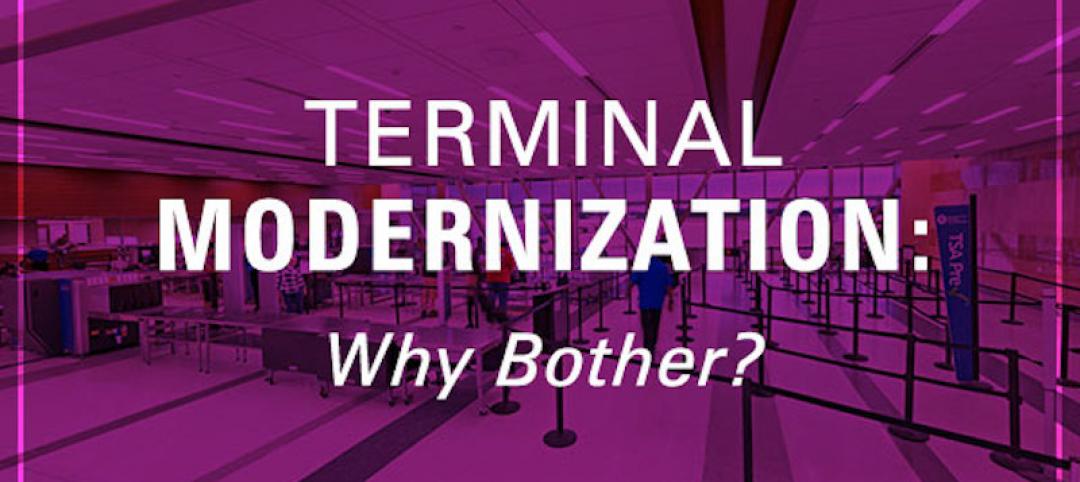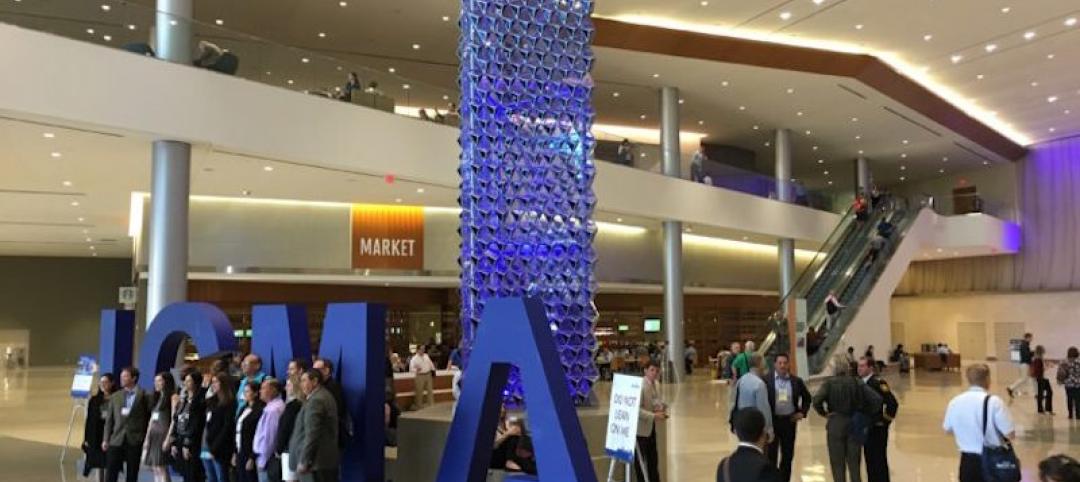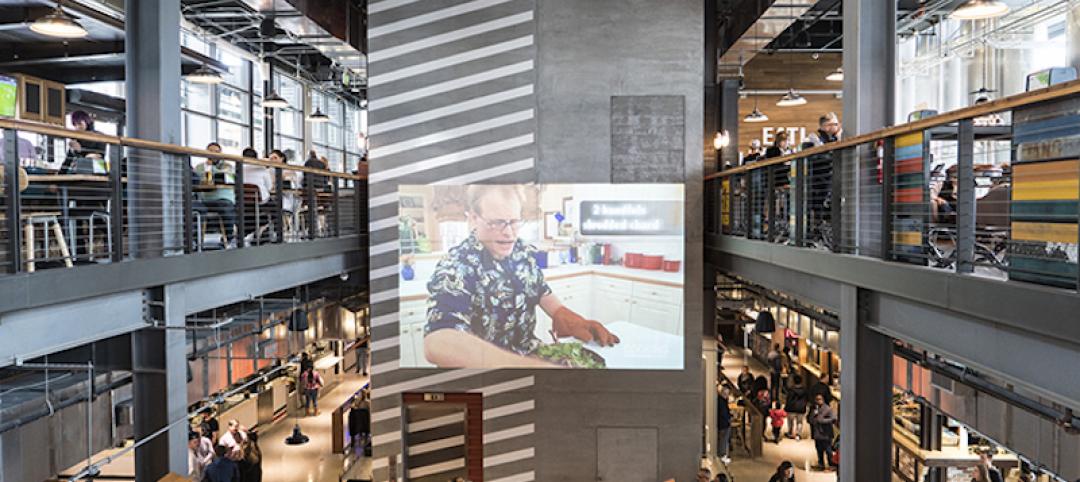November 2, 2010—Local and state building code officials last week approved a package of revisions to the commercial section of the 2012 International Energy Conservation Code (IECC) that represent the largest single- step efficiency increase in the history of the national, model energy. The changes mean that new and renovated buildings constructed in jurisdictions that follow the 2012 IECC will use 30 percent less energy than those built to current standards.
Attendees voted nearly unanimously on a series of proposals to effect the change at the International Code Council’s (ICC) final action hearings held in Charlotte, North Carolina, October 27-31, 2010. The improvements were part of a major comprehensive proposal submitted jointly by New Buildings Institute (NBI), The American Institute of Architects (AIA), and the U.S. Department of Energy (DOE) that addresses measures such as cooling, lighting, quality assurance and renewable energy standards. Several other key proposals that contribute to the savings were approved independently.
The comprehensive proposal is largely based on NBI’s Core Performance protocol, a direct approach to achieving energy savings in commercial buildings. Utilities and public benefits administrators in six states and two Canadian provinces have adopted Core Performance as part of their voluntary efficiency program offerings.
“Increasing the efficiency of commercial building energy codes provides the best opportunity to bring about significant savings and helps move us along the path toward low-energy commercial buildings,” said Dave Hewitt, NBI executive director.
“The often contentious process of developing codes was largely avoided in this case because of the extensive outreach and collaboration that was undertaken to gain industry support for the proposals. As a result, we were able to successfully resolve differences prior to the hearings and put forward our best option for consideration,” Hewitt said.
“The overwhelming support we saw during the votes tells us the marketplace is ready for these practical, feasible and affordable improvements,” said Jessyca Henderson, AIA, director of sustainability advocacy at the AIA. “The nation’s code officials are to be commended and congratulated for seizing this historic opportunity to move the country toward more efficient buildings and help us build an economy that is less reliant on fossil fuels—now and into the future,” she said.
Computer modeling of the 2012 IECC shows more than 30 percent better energy efficiency on average than the ASHRAE 90.1-2004 model code, and payback periods on the new code measures are estimated at less than seven years depending on climate and building type. The energy savings in the 2012 IECC meet national calls from Congress, the Secretary of Energy and industry leaders to improve the efficiency of commercial buildings by 30 percent. In addition, the 2012 IECC will serve as the baseline standard for the International Green Construction Code (IGCC) currently under development.
The 2012 IECC contains many important, first-ever technical features including a new section on commissioning, pathways to use daylighting, and options for the use of on-site renewable energy. It will be published in April 2011 for adoption by state and local agencies.
New Buildings Institute is a nonprofit organization working collaboratively with commercial building professionals and the energy industry to promote better energy performance in buildings, including advocating for advanced design practices, improved technologies, public policies and programs that improve energy efficiency. Visit www.newbuildings.org.
For over 150 years, members of The American Institute of Architects have worked with each other and their communities to create more valuable, healthy, secure, and sustainable buildings and cityscapes. By using sustainable design practices, materials, and techniques, AIA architects are uniquely poised to provide the leadership and guidance needed to provide solutions to address climate change. AIA architects walk the walk on sustainable design. Visit www.aia.org.
Related Stories
Museums | Feb 26, 2018
*UPDATED* Design team unveils plans for the renovated and expanded Gateway Arch Museum
The goal of the project is to create closer and more robust connections between the Gateway Arch Museum and the landscape of the Jefferson National Expansion Memorial.
Architects | Feb 23, 2018
AIA elevates 152 members and two international architects to the College of Fellows
AIA Fellowship recognizes significant contributions to profession of architecture and society.
Airports | Feb 21, 2018
Terminal Modernization: Why Bother? Part II
This is the second post in our series examining why airport operators should bother to upgrade their facilities, even if capacity isn’t forcing the issue.
Urban Planning | Feb 21, 2018
Leading communities in the Second Machine Age
What exactly is the Second Machine Age? The name refers to a book by MIT researchers Erik Brynjolfsson and Andrew McAfee.
Retail Centers | Feb 20, 2018
Is there a future in retail banking? Part II
It is critical to not view the physical branch as just another sales channel, but as an important touchpoint along a customer’s journey.
Architects | Feb 15, 2018
AIASF Equity by Design to launch 2018 Equity in Architecture Survey
AIA San Francisco (AIASF) and the Equity by Design Committee, launched the third national Equity in Architecture Survey on February 12, 2018. Building upon the survey conducted in 2016, the third survey will further advance the national movement for equitable practice in the profession.
Urban Planning | Feb 14, 2018
6 urban design trends to watch in 2018
2017 saw the continuation of the evolution of expectations on the part of consumers, developers, office workers, and cities.
Office Buildings | Feb 13, 2018
Office market vacancy rate at 10-year low
Cautious development and healthy absorption across major markets contributed to the decline in vacancy, according to a new Transwestern report.
Architects | Feb 12, 2018
AIA selects seven individuals to receive the 2018 Associates Award
The recipients will be honored at the AIA Conference on Architecture 2018 in New York City.
Architects | Feb 9, 2018
AIA's 2018 Young Architects Award honors 18 recipients
The Young Architects Award recipients will be honored at the AIA Conference on Architecture 2018 in New York City.















